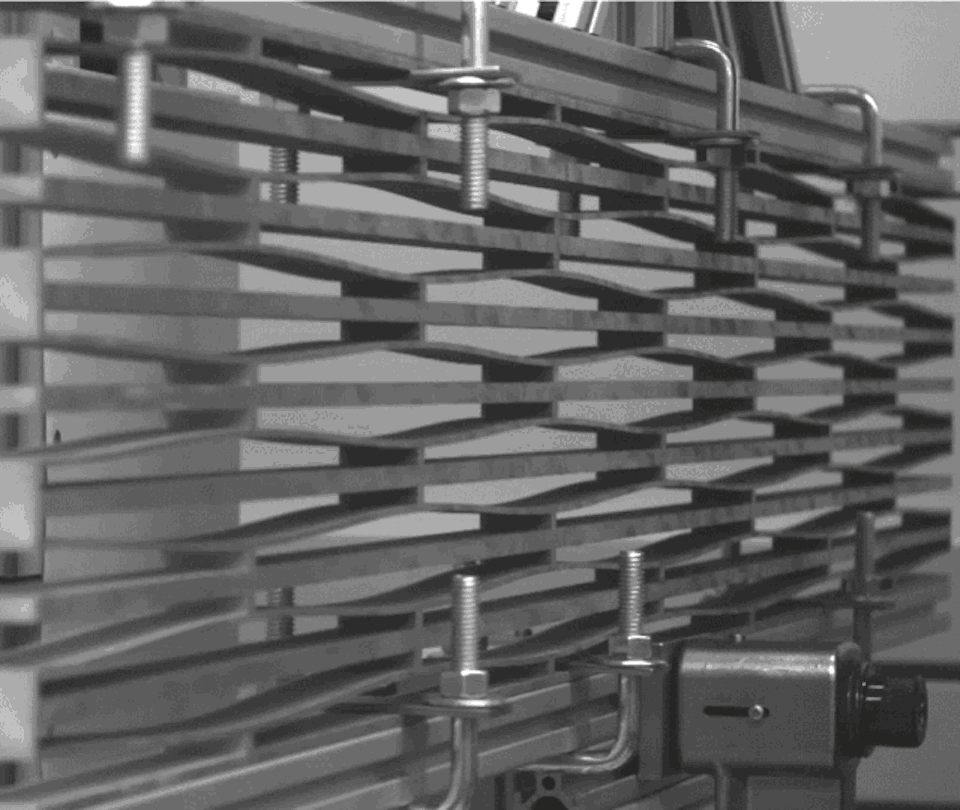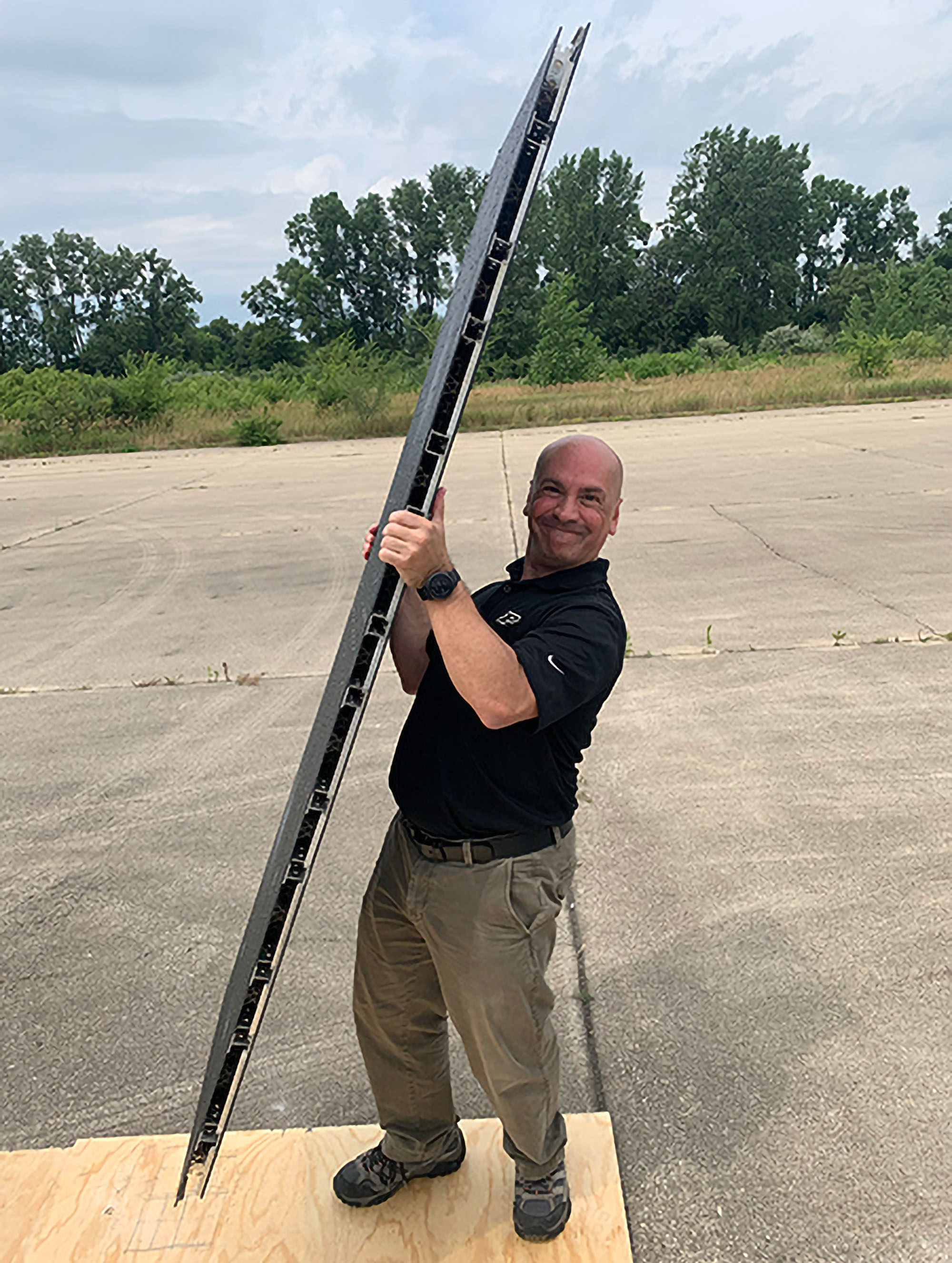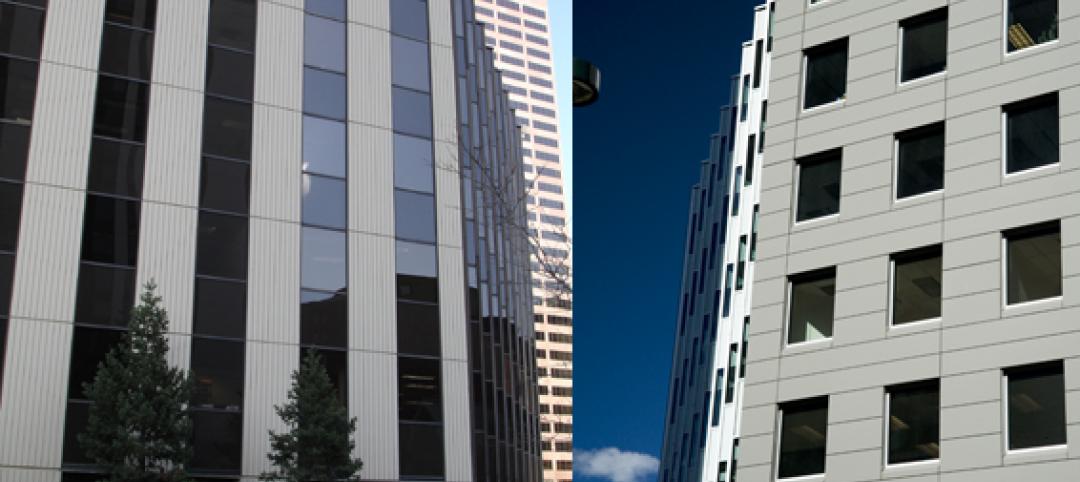Purdue University civil engineers have developed innovative materials that can dissipate energy caused by bending, compression, torque, and tensile stresses without sustaining permanent damage. These intelligent architected materials may also possess shape memory properties, making them reusable while enhancing safety and durability.
The research, led by Professor Pablo Zavattieri, believe the new class of adaptable materials offer potential uses in multiple industries, such as earthquake engineering, impact-resistant structures, biomedical devices, sporting goods, building construction, and automotive components. The technology is currently being tested for 3D-printed panels for aircraft runway mats and nonpneumatic tires for military vehicles, providing resistance to punctures and leaks while maintaining performance in various terrains.
Purdue develops intelligent architected materials

“These materials are designed for fully recoverable, energy-dissipating structures, akin to what is referred to as architected shape memory materials, or phase transforming cellular materials, known as PXCM,” Zavattieri said. “They can also exhibit intelligent responses to external forces, changes in temperature, and other external stimuli.”
These materials can be created from various substances, such as polymers, rubber, and concrete, as long as they remain within the elastic range. They are designed to deform in controlled and programmable ways, providing enhanced energy absorption and adaptability. For the aircraft runway mats, Zavattieri sees the material aiding in self-healing properties, resulting in a longer life span than a runway made with AM-2 matting. "Another benefit is that debris on the runway will not hamper the runway’s performance with our technology," he says.
The Purdue researchers have demonstrated scalability from macro to micro applications and an improvement over traditional lightweight cellular materials.

“We have produced intelligent architected materials as large as 12 inches, which are ideal for applications like building and bridge construction to absorb and harness energy,” Zavattieri said. “Conversely, we have created materials with unit cells smaller than the thickness of a human hair. This scalability opens up a world of possibilities from macro to micro applications.”
The research has received funding from organizations like General Motors, ITAMCO (Indiana Technology and Manufacturing Companies), the National Science Foundation, and the U.S. Air Force. Additionally, patents have been filed to protect the intellectual property, and industry partners interested in commercializing the materials for the marketplace should contact Dipak Narula, Assistant Director of Business Development and Licensing in Physical Sciences, at dnarula@prf.org about 2018-ZAVA-68252, 2019-ZAVA-68691, 2020-ZAVA-69072 and 2022-ZAVA-69900.
Related Stories
| Oct 17, 2012
Denver office building makes use of single-component wall system for retrofit
The Building Team selected Centria's Formawall Dimension Series to help achieve the retrofit project's goals of improved aesthetics, sustainability, and energy efficiency.
| Jun 25, 2012
Living green wall planned for InterContinental Chicago
Project, with price tag of $2 million to $3 million, needs council approval.
| Jun 22, 2012
Golden Gate Bridge Celebrates 75 Years With the Opening of New Bridge Pavilion
With features such as Nichiha's Illumination series panels, super-insulating glass units, and LED lighting, the new Golden Gate Bridge Pavilion not only boasts the bridge's famous international orange, but green sustainability as well
| Jun 15, 2012
InPro’s bio-content becomes Cradle-to-Cradle CertifiedCM Silver
Two main components of G2 Blend formula now C2C Certified Silver.
| Jun 13, 2012
GAF’s Roving Truck promotion coming to your town soon
Professional roofing contractors or builders/remodelers in the U.S. can enter to win a Ford F-150 truck.
| Jun 12, 2012
SAC Federal Credit Union selects LEO A DALY to design corporate headquarters
LEO A DALY also provided site selection, programming and master planning services for the project over the past year.













